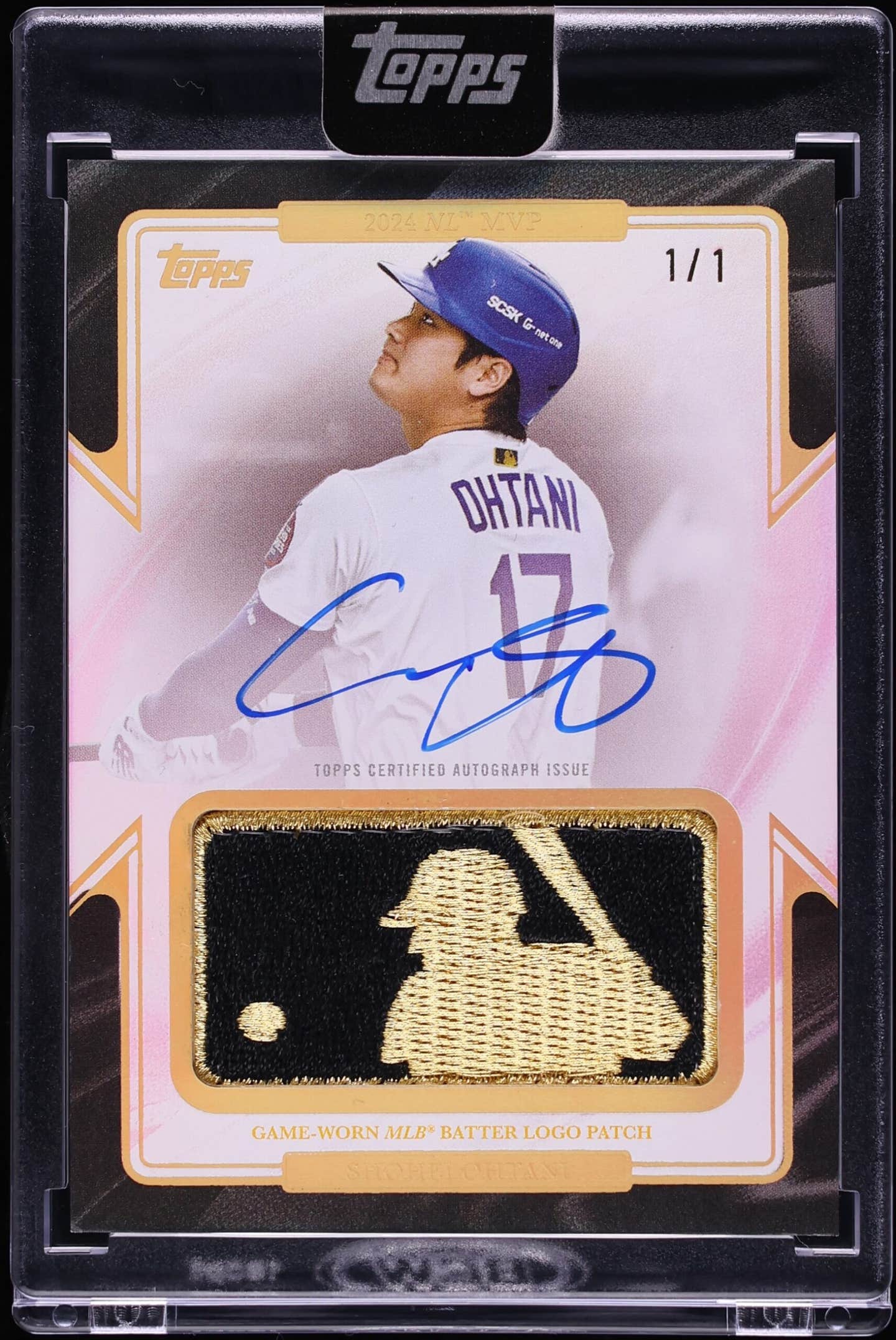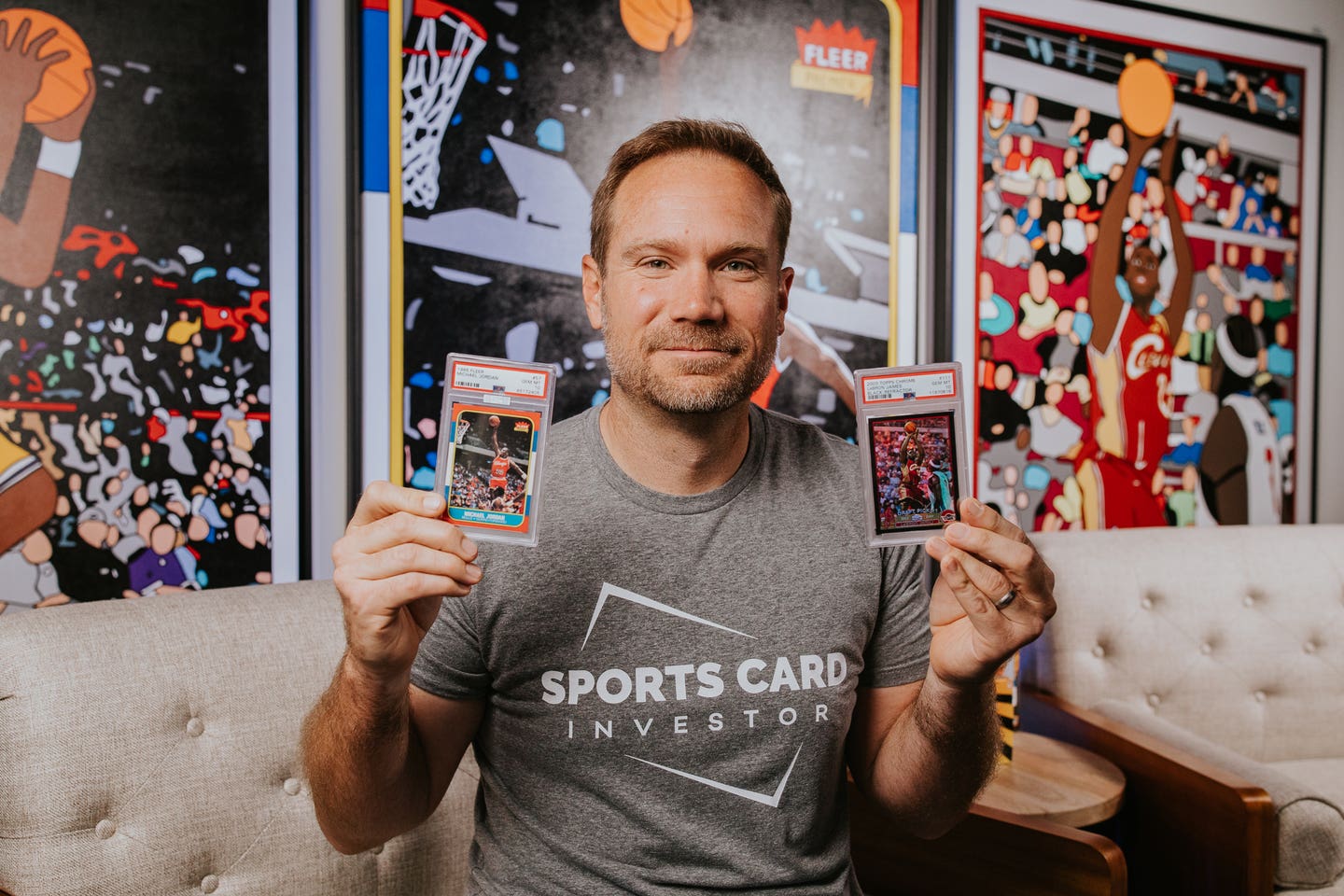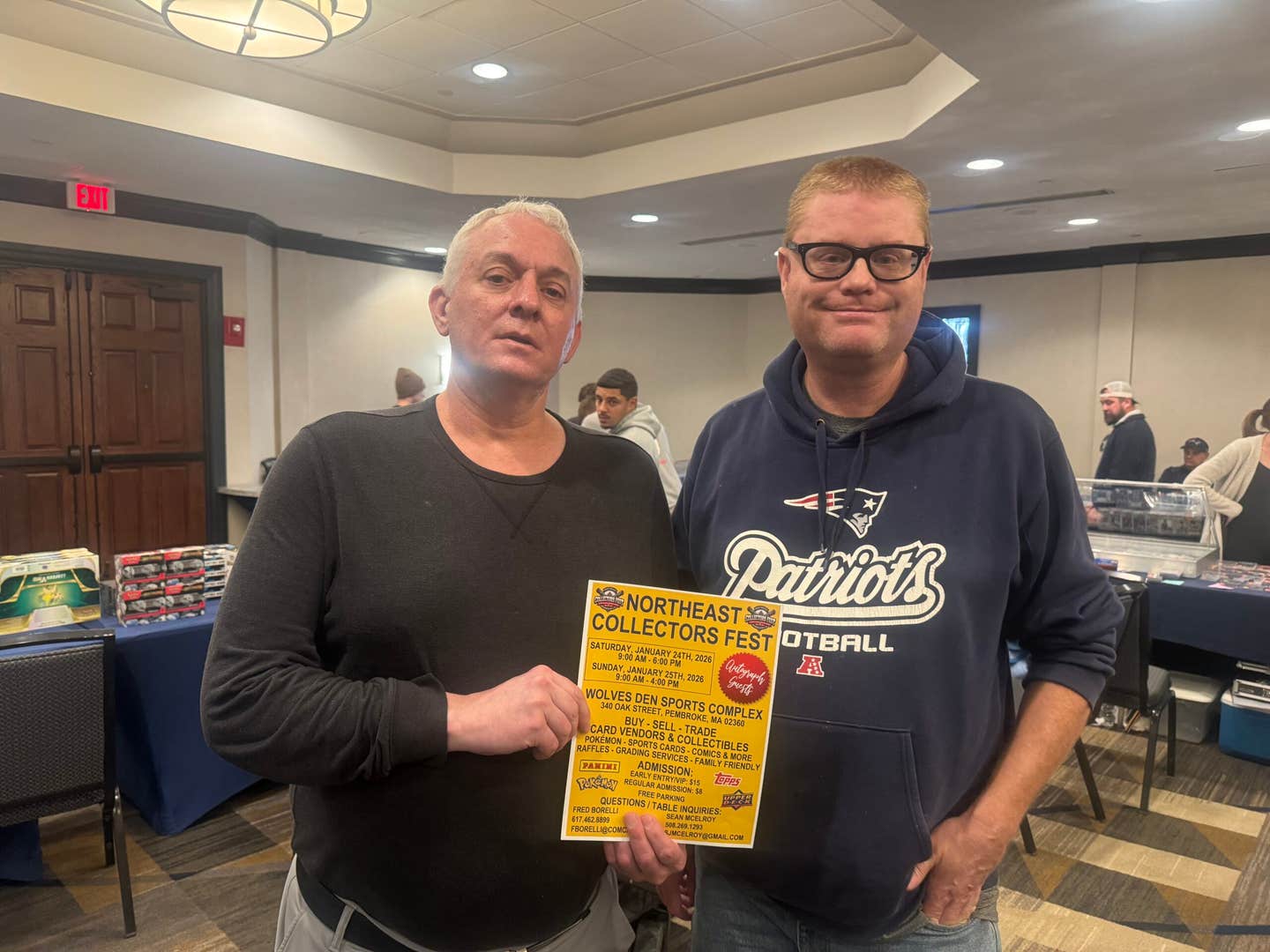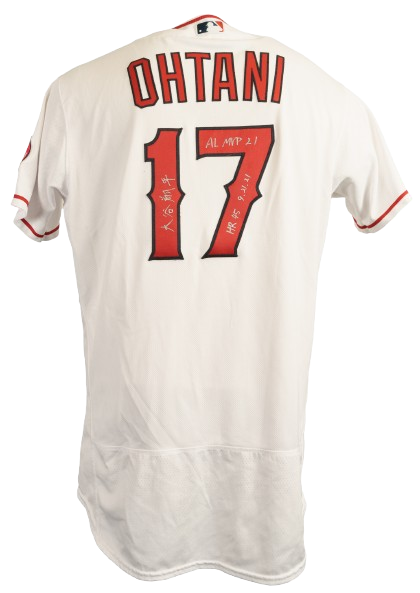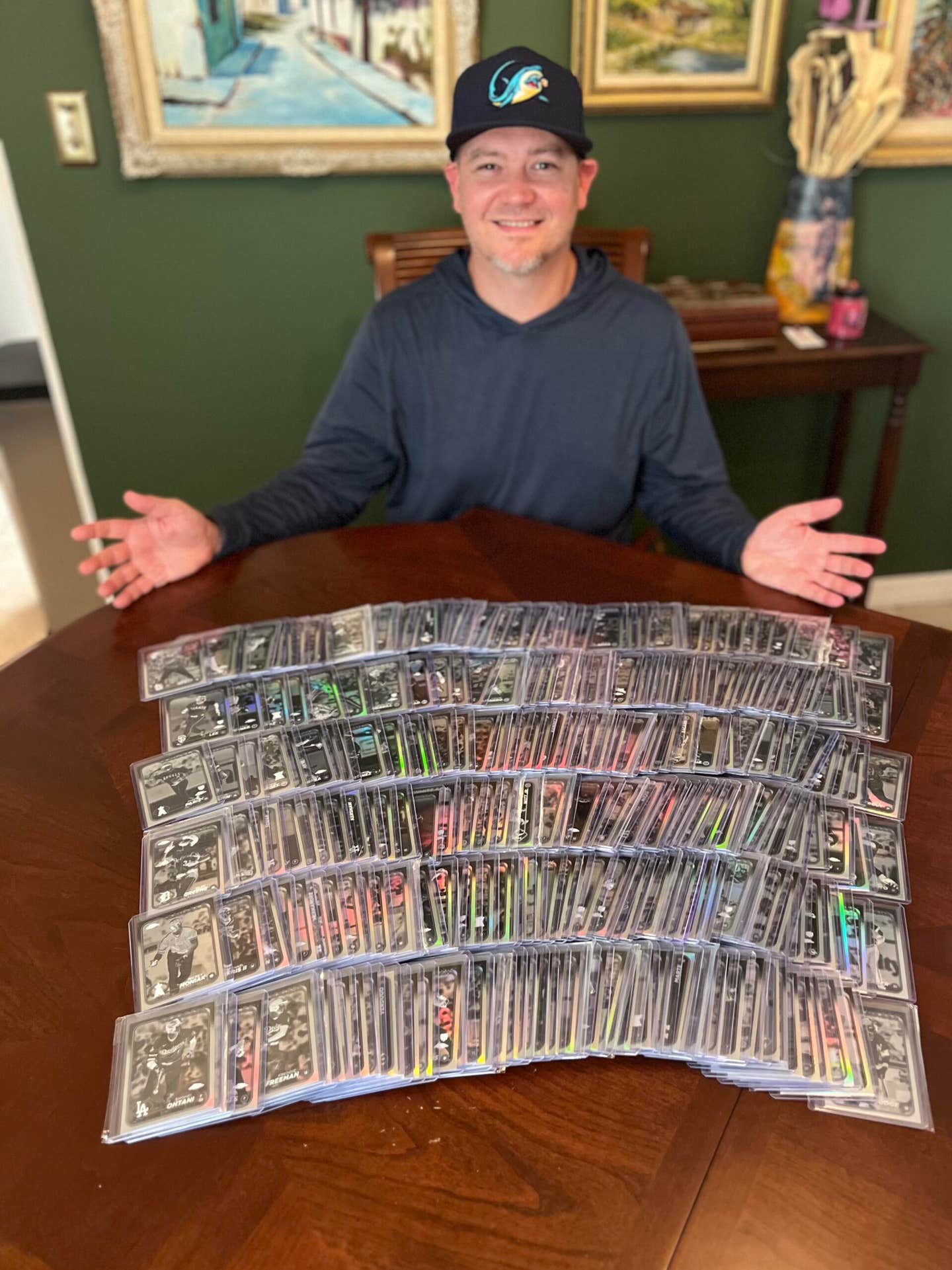Collecting 101
1965 Topps captured hearts of collectors
Sandy Koufax's final five weeks of the 1965 campaign was one of the most dominating pit-ching stretches in major league history.
Koufax's highlights from late in 1965 include a perfect game, a pennant-clinching win the second-to-last day of the season and two complete World Series shutouts against Minnesota, including one in Game 7.
It may come as no surprise the lefthander did all this in his second of three Triple Crown seasons - leading the National League in wins, earned run average and strikeouts.
While the Dodgers pitcher dazzled in 1965, the Topps baseball card set that year did the same with many hobbyists.
"The appeal of the 1965 Topps set is its classic design," said collector Stephen Wysocki of Plano, Texas. "Those pennants with the team name on the front of the card are sheer genius. Think how many times that design has been copied in new cards in the last 40 years. It's a simple uncluttered design."
The solid photos and easy-to-read card backs help round out the layout.
Hobbyist Carl Albero said he also likes "the attractive design" of the 1965 issue. In fact, Albero enjoys the look and the "reasonable price" of the set so much that he put together the top-rated '65 baseball collection on the PSA Set Registry.
One 1965 card Albero had problems finding in better condition was Mets third baseman-outfielder Charlie Smith (#22). "It took me three years to find it in PSA 8," said the Virginia-based sports card enthusiast. "It took me three major upgrades to attain the No. 1 set in '65 and Set of the Decade in the 2005 competition."
"The 1965 set is one of the most popular of the 1960s," said dealer Bill Nathanson of Polo Grounds. "The '65 and '67 sets are the two I get asked for the most."
With nine of the first 12 cards in the issue picturing at least one Hall of Famer from the 1964 League Leaders subset, such as Hank Aaron, Roberto Clemente, Harmon Killebrew, Mickey Mantle, Koufax and Brooks Robinson, among others, the 1965 issue breaks from the gate like a quality racehorse.
Chance Encounter
On the other hand, there's Angels pitcher Dean Chance. In 1964, a no-hitter and 11 shutouts helped him lead the American League in wins and ERA and he earned the Cy Young Award. These days he's the president of the International Boxing Association.
But you might not want to mention it to Chance in person - or to his work associates - that he appears on the only three 1964 Topps Leader cards that don't show a Hall of Famer.
Early in the 598-card set is the first of a handful of "future league leaders" sprinkled throughout the issue. In this case it's second baseman Joe Morgan - shown wearing a Colt .45s hat. In 1965, the Houston ballclub opened the Astrodome and changed its name to the Astros.
The other players debuting in the collection that would one day join Morgan in Cooperstown are Steve Carlton, Jim "Catfish" Hunter and Tony Perez.
Nathanson said the Perez rookie is one of the sets most popular and tougher cards to track down. "It's a high number and it's a single-print," he said. So is the Hunter.
Other 1965 Topps rookie pitchers of note are Luis Tiant, Denny McLain (the last 30-game winner, 1968), Masanori Murakami, the first Japanese player in major-league history and two short-print high numbers: Tug McGraw (country singer Tim McGraw's dad) and Mel Stottlemyre.
Yogi Berra and Warren Spahn made their last appearances on cards as players in 1965 and both also coached some for manager Casey Stengel that year, which includes his pasteboard swan song, too. All three are listed as Mets, even though Spahn finished 1965 with the Giants.
The team Spahn is most identified with, the Braves, played their last games in Milwaukee that year and moved to Atlanta after the season.
Clemente won his second straight batting title in 1965; Mays ripped 52 homers, including his 500th, while winning the NL MVP; and, of course, Koufax had a tremendous year. All three of those players rank high on the star card list for 1965 Topps. However, Mantle - whose injuries really started to take their toll this year - leads the pack at $300.
Series of Events
St. Louis pitcher Bob Gibson played a key role in derailing the 1964 Yankees World Series hopes, and their 18-year dynasty, with a pair of clutch wins. The intense hurler stars on the Game 7 recap card.
Actually, he shows up prominently on another 1964 World Series highlight - although he shouldn't have.
On the Game 3 card, Mantle is supposedly shown ripping a first-pitch walk-off homer. But the pitcher falling off the mound in the photo looks like trademark Gibson, even though he didn't play in that contest.
Other oddities about that card: Cardinals catcher Tim McCarver seems to be gloving a ball and the fans are not reacting as though Mantle just smashed a home run. Plus, the Yankee outfielder is shown in a road uniform even though the game was played in New York. No doubt it was just a mix up with the picture, but it's a Mantle card, with a little Gibby thrown in, nonetheless.
Accelerating the Yankees decline in 1965, where they finished sixth, was the first amateur baseball draft that gave more teams a much better shot at getting young talented prospects. The Kansas City Athletics had the top pick and selected outfielder Rick Monday, out of Arizona State University.
The 1965 set price hovers around $3,500 these days and most earlier series commons are $2-$3 each. Regular commons in the last two series book for around $6.
About 40 shortprints appear in the final series, most of those carry at least a $1-$2 premium. Hall of Famer Lou Brock steals the show in the high number non-rookie star category and a top condition sample of the shortprint lists for $35.
To Dream The "Embossible" Dream
Wysocki started collecting cards in 1965. "In the sunlight, the brilliant blue border glowed magically in the pack. A high-grade Embossed card is beautiful. That memory is probably what drives me to complete a high-grade set."
The borders for the Embossed cards are blue for AL players and red for the NL in this insert issue.
With a few PSA 6s but mostly 7s and 8s, "Steve's Embossible Dream Set," as he named it, is the highest rated complete offering of its kind on the Registry - and he's working on a second one.
Overall, the 72-card insert set, with its gold-foil portraits, enjoys limited hobby interest, but more so than the other pack premium in 1965 - the iron-on transfers.
"The transfers aren't very popular since it's difficult to tell who the player is and there are no stats or numbers on them," said Wysocki. "I think the Mantle transfer is grossly undervalued. It is many times scarcer than Mantle's regular 1965 issue. It is very hard to find in top shape and still only sells in the $75-$100 price range."
With closeups of Koufax, Killebrew and Mantle on the top, collectors flock to the empty 1965 Topps wax pack display boxes. The nickel-pack boxes from 1965 in top shape can bring $250, while the penny-pack boxes - the final year of these type of baseball packs - list for $600 in The World's Best Unopened Pack, Wrapper and Display Box Guide, (2002) by Mark Murphy.
Nickel-pack wrappers, all variations that year, go for $35 in Murphy's guide, while the penny-pack wrappers list for $150. Wysocki's view on the 1965 Topps Baseball collection captured the essence of how many hobbyists feel about the issue.
"It is a wonderful set that may often get overlooked by collectors since it has no 'big- bucks' rookie like the Rose or Ryan cards, or impossibly tough high numbers," he said. "For that reason, it is probably not a great investment set, but it is a beautiful set with a lot to offer."




